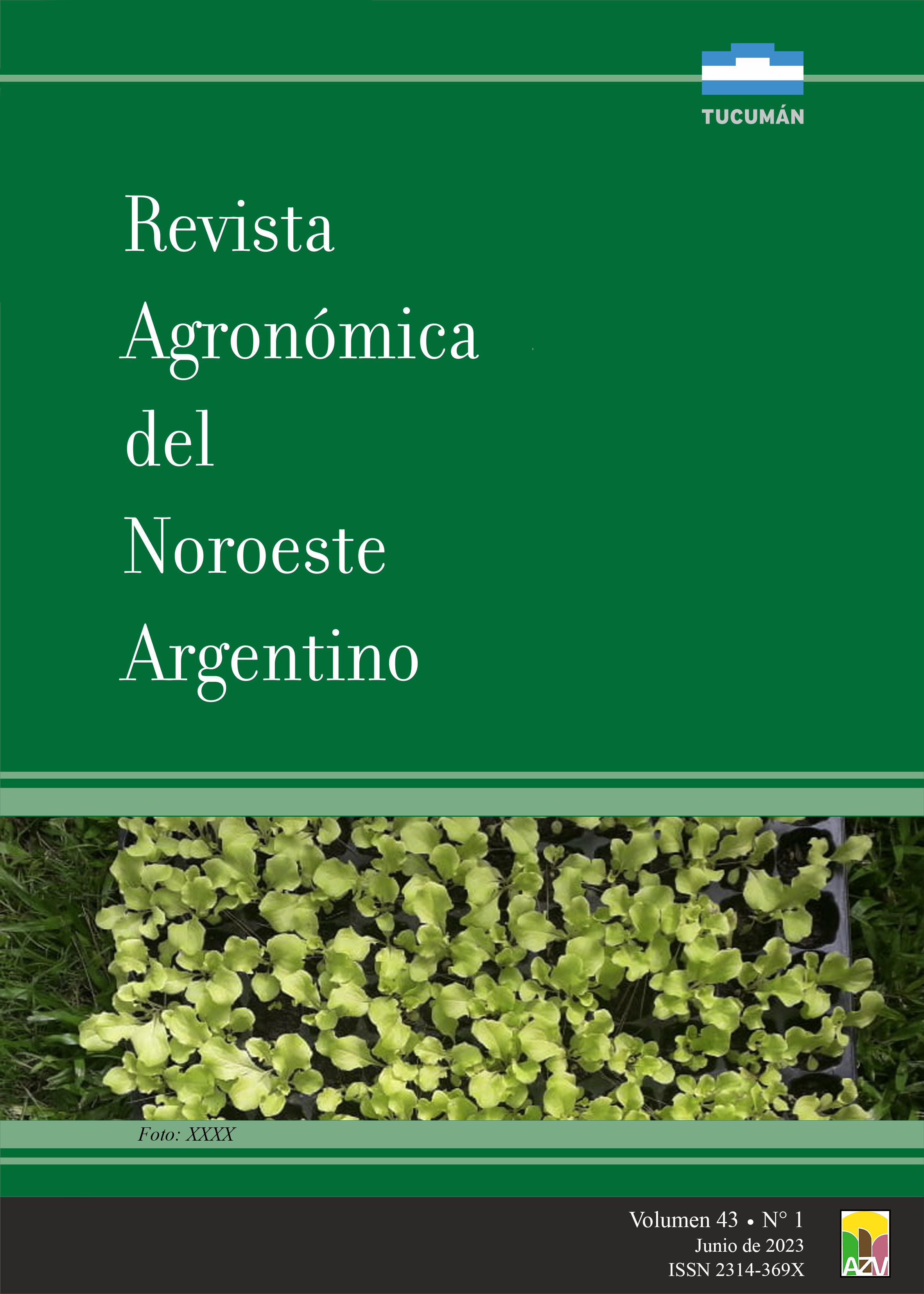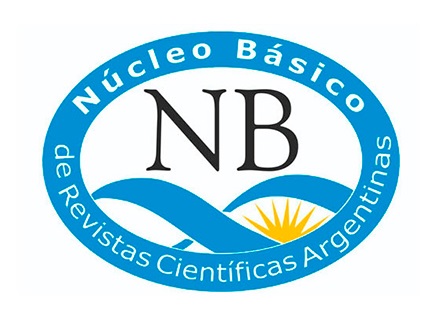Combined use of brassinosteroids and Azospirillum argentinense as a strategy to increase tolerance to saline stress in strawberry plants
Keywords:
Azospirillum, Brassinosteroids, Fragaria ananassa, SalinityAbstract
The use of brassinosteroids is being increasingly studied, due to their effects in plants as a growth promoter and defense
inducer. In this work, the protective effect of a natural brassinosteroid (EP24) and a synthetic one (BB16) in combination
with the REC3 strain of Azospirillum argentinense, in strawberry plants exposed to saline stress, was evaluated and
characterized. The treated plants exhibited a better physiological status in comparison with control plants. The results
obtained showed that strawberry plants treated only with BB16 presented higher values of fresh and dry weight, crown
diameter, root surface, leaf area, leaf relative water content and greenness index after 40 days of stress. Instead, combining
BB16 with REC3 only showed improvements with respect to the control in root length, root dry weight, root surface and
relative water content. The application of EP24, however, caused a smaller decrease in the greenness index in relation
to control plants, while when combined with REC3, increases were observed in other additional parameters: root fresh
and dry weight, aerial fresh weight, root surface and relative water content. Results obtained let us conclude that the
combination with A. argentinense REC3 was beneficial in the case of EP24, but not with BB16, suggesting further that
the structure of each brassinosteroid strongly influences the behavior of plants.
Downloads
Published
Issue
Section
License

This work is licensed under a Creative Commons Attribution-NonCommercial-ShareAlike 4.0 International License.









